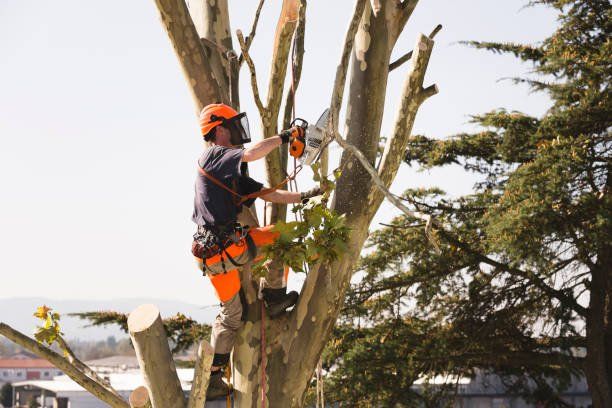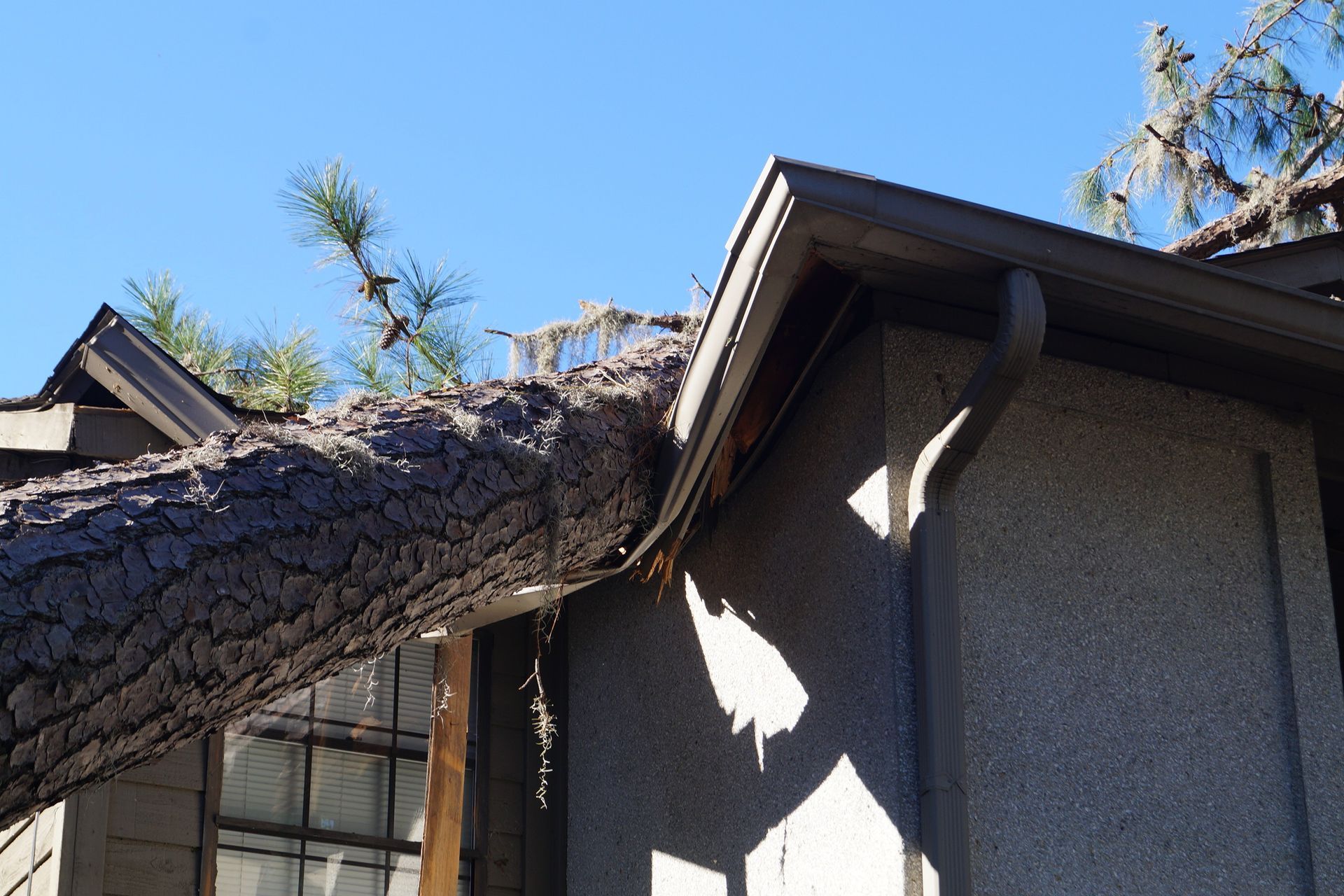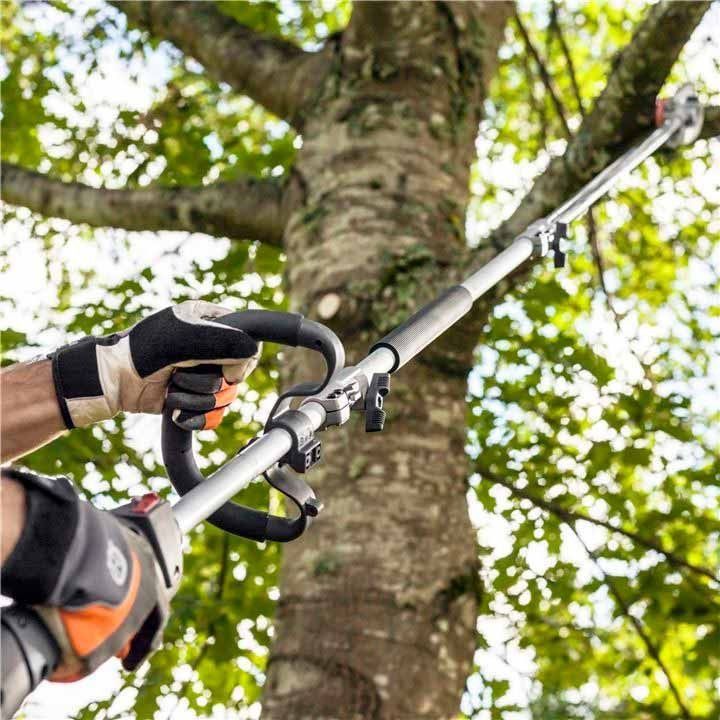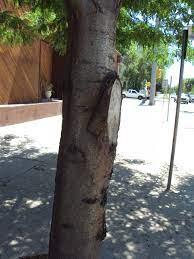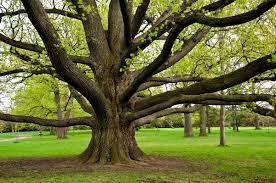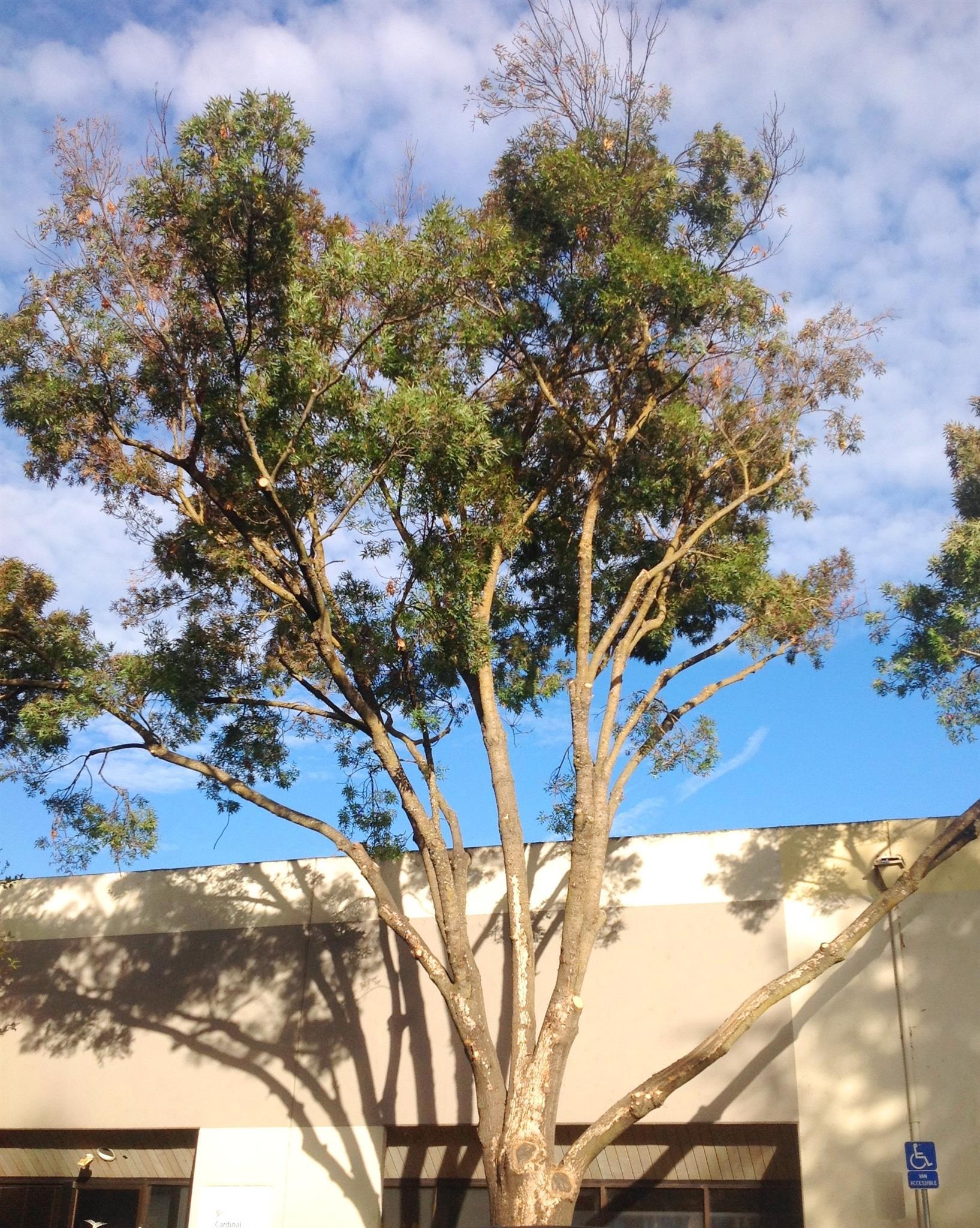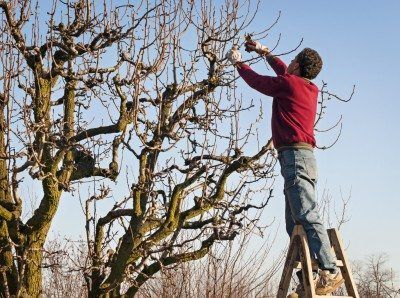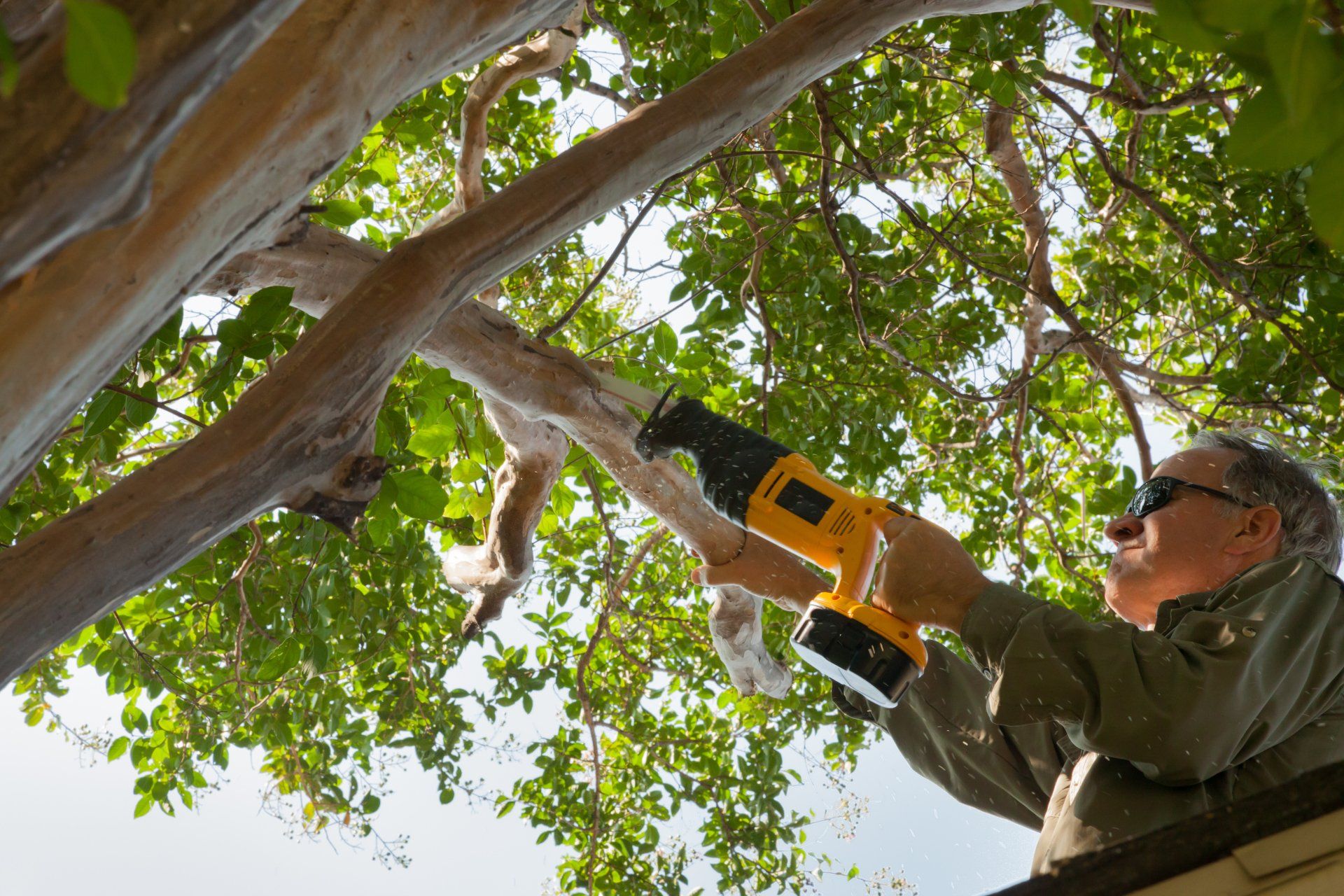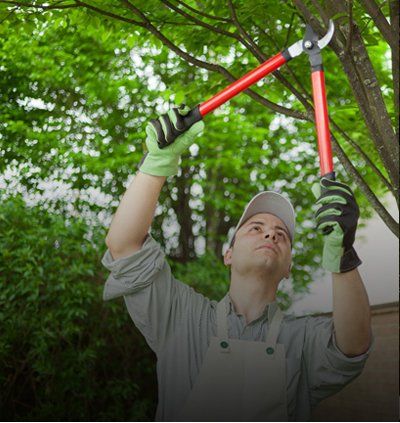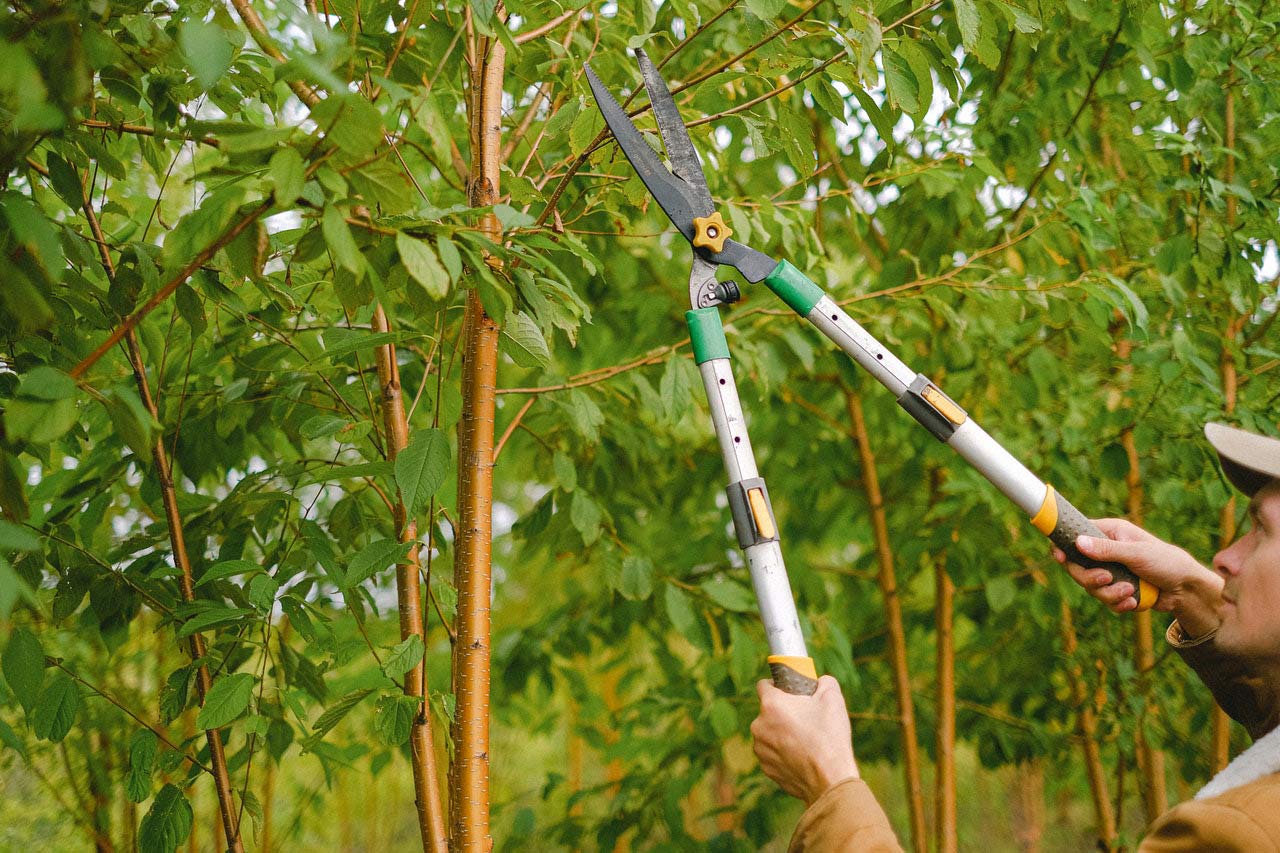Common Pruning Mistakes: What You Need to Know?
Pruning may seem like a child’s play; first, you buy a couple of hand pruners or loppers or hire someone from the neighborhood to do the work. Pruning indeed helps maintain your trees’ beauty and shape, but if not done correctly, it can cause severe damage. Trees, the main elegance of your property, can turn out to be an eyesore and make the rest of the yard look unpleasant.
Tree pruning done carelessly or by an unprofessional handyman can have the opposite effect on your garden. There are some common mistakes that homeowners often make while pruning. In order to help you evade the drastic outcomes of pruning, we have made a list of the common pruning mistakes we see homeowners or untrained handyman make around the DFW area.
Common tree pruning mistakes: You may have come across thousands of tall and healthy trees in your neighborhood and considered that they grew that way. But that is not the case. The trees’ leafy and well-maintained structure results from years of proper pruning carried out by professional and skilled pruners. Let us now see the pruning mistakes people make.
Cutting inappropriately: It is essential to make accurate cuts while pruning as a proper cut tends to minimize the tree’s overall damage and promotes quick healing. In contrast, an improper cut can cause severe destruction to a tree and can also be fatal. Inappropriate cuts involve the following:
- Flush cut: It’s when you cut too close to the trunk, it results in leaving a deadly wound inside the tree that would probably never heal.
- Stub cut: It’s when you cut too far from the trunk; this can leave the dead branches on the tree that will eventually decay. The branches left behind can also move through the center of the root collar and into the tree’s trunk.
- Heading cut: This involves cutting the branch at a random point. It can make the tree more prone to insects and diseases.
All these types of cuts can lead to the degeneration of the tree.
Pruning during the wrong time: Although you should carry out pruning regularly, but remember that there are times when it may not turn out to be in your favor; it’s during the growing season. If you prune a tree in the growing season, then you may be disrupting its growth process.
From spring until late summer, the trees are likely to grow, and that’s why cutting off too many of the leaves can cause starvation as trees make their food from leaves. For example, during summer, trees are likely to be dehydrated; in such a time, pruning can make them non-resistant to the heating sun, which can hurt the plants instead of promoting growth. Apart from that, it can also attract pests because of the sap produced by trees due to branches’ cutting.
Taking off large branches: If you prune large branches with diameters over 3-4 inches, you will most probably leave deep wounds inside the trees that will be too large to heal. Not to mention, this can also create safety concerns because large branches require quite a lot of effort and are often at risk of falling or injuring people.
People often get involved in incidents due to lack of training or use of improper tools. When you try to prune heavy branches, they may fall on other branches and break them off the tree. It can also put other plants in your yard in extreme danger. It can be a hassle to dispose of the large branches once you cut them off. Pruning large branches with inappropriate equipment and tools can be quite dangerous and risky and has led to many past injuries.
Lion tailing: Another common mistake is lion tailing, which means removing interior branches by restricting the growth of leaves to the branch ends. This can result in removing too much of the tree’s foliage, which is necessary for photosynthesis. Furthermore, it can disrupt the tree’s structure by redistributing weight unevenly at the end of branches and leaving the crown prone to damage caused by sun and wind.
Lion tailing a tree can disrupt the tree’s protective and flexible form, which can cause severe damage. Furthermore, long tailing can increase the growth of sprouts on the trunk and branches; this happens when the tree is trying to generate energy by undergoing photosynthesis over and over again. It is not a sign of healthy growth as it can lead to decay.
Removing tree’s crown: Homeowners often mistake pruning the entire crown of a tree all at once to promote future growth. It is essential to note that pruning is not something you can do all at once; you need to carry it out from time to time in intervals. The biggest mistake you can make is not to set a goal and end up removing the crown.
Removing more than the appropriate amount of crown of a tree can give rise to stress response; it’s when the tree produces too many branches that are severely weak and misplaced. This can result in disrupting the tree’s energy and can also be fatal.
Protect Your Trees from Pruning Mistakes!
Pruning trees without the necessary understanding and experience of pruning principles can turn out to be fatal for your trees. Improper pruning practices are like a wound to the tree, which can take a lifetime to heal and can reduce growth.
That’s why at Lucky Tree and Landscape Services, we have a team of highly skilled and experienced individuals who are well aware of the proper pruning practices and can help you restore the elegance of your trees.
